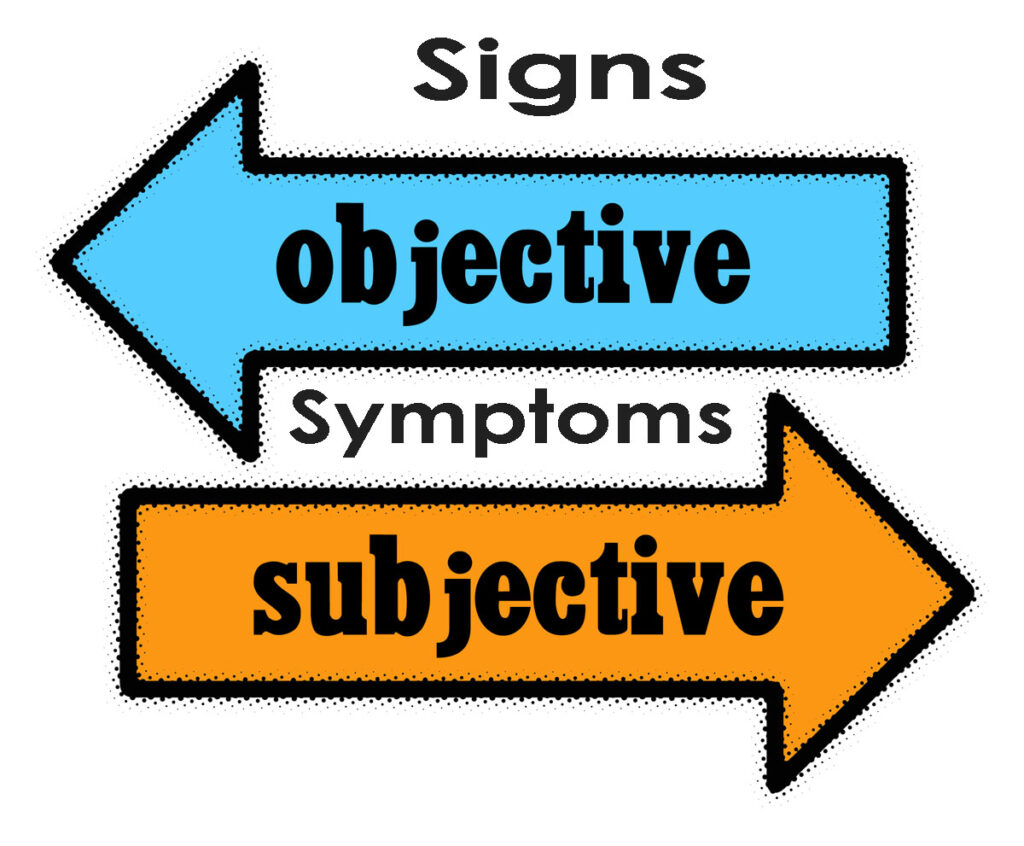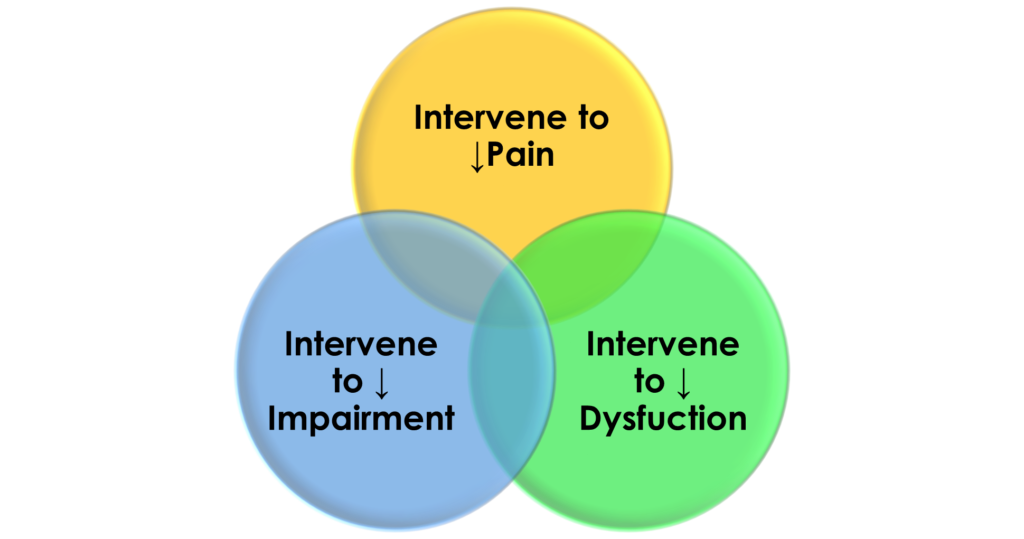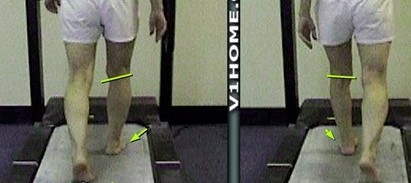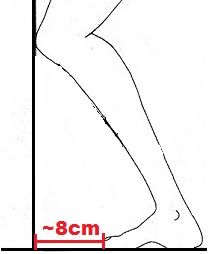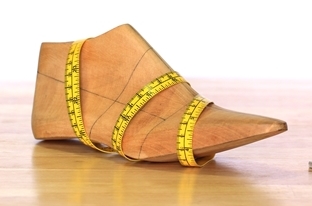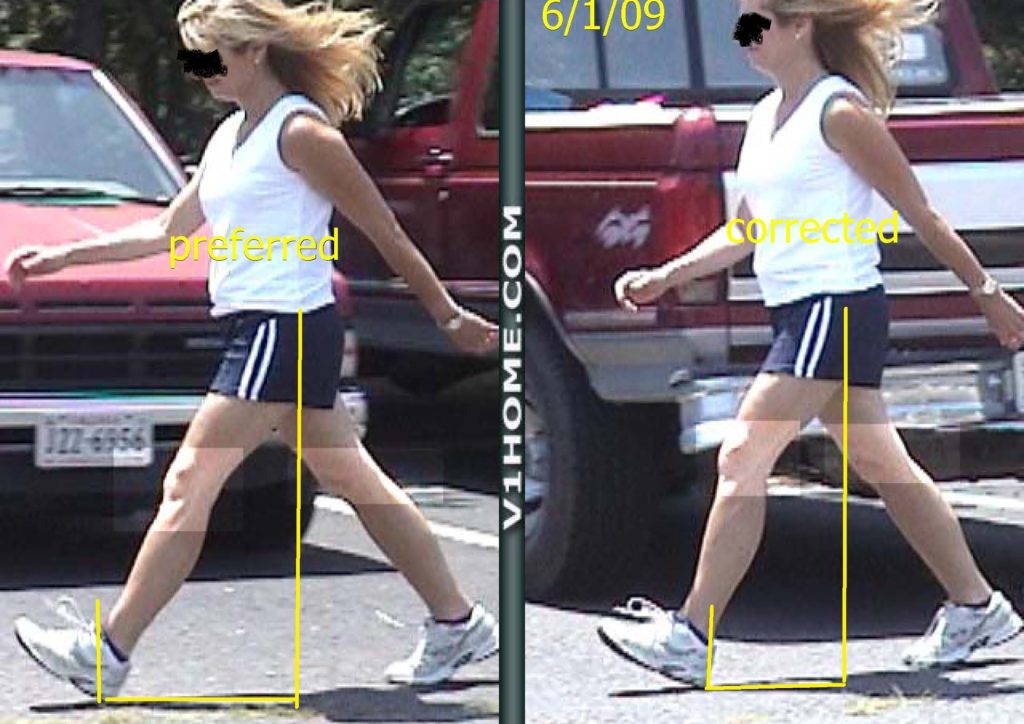Posts Tagged ‘Heel Pain’
Musculoskeletal pain which are important steps which are less important?
Thesis: Choosing a diagnosis is an early step in solving non-traumatic muscle and bone pain problems. A diagnosis helps guide treatment, predict how problems will progress, and improve communication. A diagnosis has many functions, including direction for intervention to solve problems, predicting how problems will progress, and assisting in communication. Antithesis: Medical terminology is notoriously…
Read MoreDeviant movement resulting in pain – Excessive Toe Out Gait
Asymmetrical movements walking or running are considered deviant or less than optimal movements. The individual in the video below is complaining of musculoskeletal pain in the left lower extremity. What do you see? Do you see the asymmetrical movement? Do you see the right foot is pointing straight ahead, and the left foot is not…
Read MoreUnderstanding the Nuances of Disease, Syndrome, & Uncertainty in Musculoskeletal Pain
Disease is a particular abnormal condition that adversely affects the structure or function of all or part of an organism and is not immediately due to an external injury. Syndrome is a group of symptoms that consistently occur together or a condition characterized by a set of associated symptoms. While disease and syndrome both involve…
Read MoreUsing symptoms &/or sign modification procedure to manage musculoskeletal pain syndrome
The symptom modification procedure is a clinical reasoning process and is a common practice in the Physical Therapy profession. The symptom modification procedure involves identifying the specific movement, posture, and/or activity that reproduces the patient’s symptoms. Typically, the symptom is pain, which can be weakness, falls, or other functional limitations. Then intervening to alter the…
Read MoreChoices of interventions for musculoskeletal pain syndromes: decrease pain, improve impairment, resolve dysfunction
There are multiple and varied interventions that can tackle the contributing factors of pain, impairment, and dysfunction that occurs with musculoskeletal pain syndromes. Pain impairs an individual’s ability to function Impairment is loss of use or derangement of any body part, organ system, or organ function. Dysfunction is an alteration of an individual’s capacity to…
Read MoreClinical Predictive Rules for Management of Plantar Heel Pain
Medical professionals rely on clinical practice guidelines to have better outcomes, lower utilization of care, and lower costs. These guidelines have limited value since they often fail to keep up with new research findings or recently available diagnostic or therapeutic interventions. For example: clinical practice guidelines are available for plantar heel pain (plantar fasciitis) from…
Read MoreGait Deviation – Excessive Inward Rotation of Hip Joint
Excessive inward rotation of the hip joint can be a contributing factor to development of repetitive use injuries of: Lateral hip pain (gluteal muscle tendinopathy) Buttock pain (piriformis syndrome) Anterior knee pain (patella femoral arthralgia) Lateral knee pain (IT band syndrome Shin pain (posterior tibial tendinopathy) Plantar heel pain This video first illustrates the gait…
Read MoreThat’s a Stretch: Why Stretching May Not Always be the Solution
It’s good to stretch a dollar. It’s bad to stretch the truth. But what about stretching your calves? That might depend on whether you believe Dr. Google every time a search result says to stretch sore calves. Calf stretching aims to increase the range of motion (ROM) for ankle dorsiflexion. “Dorsi” is a prefix meaning…
Read MoreShoes too big for foot contributes to injury
A majority of all people are in shoes that are incorrect shoe size according to Fawn Evenson director of the Footwear Industries of America. There are two potential errors when selecting what size shoes to wear. Either the shoe will be too small for the foot or too large for the foot. In my experience…
Read MoreCuing to Alter Gait Deviation of Too Long a Step
Cuing to Alter Gait Deviation of Too Long a Step Mathematics helps explain walking or running faster. Step length X steps per minute = speed. In order to move faster there are 3 opportunities take longer steps or strides, increase the steps/minute (cadence), or do both longer steps and a faster cadence. Taking longer steps/stride…
Read More



